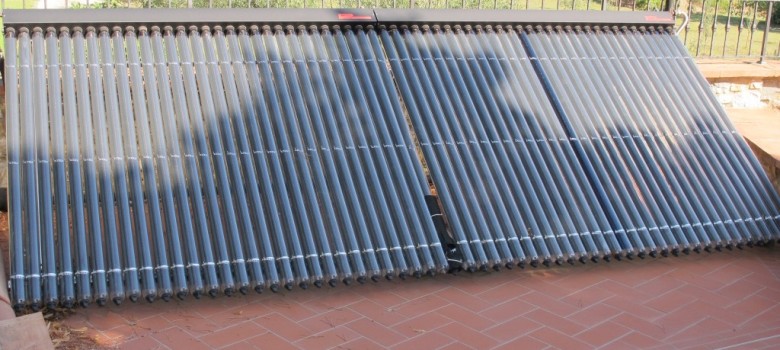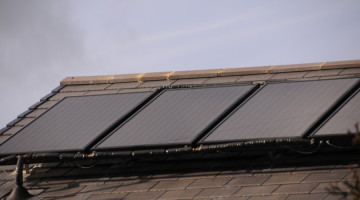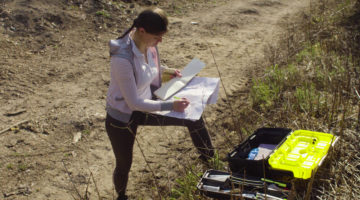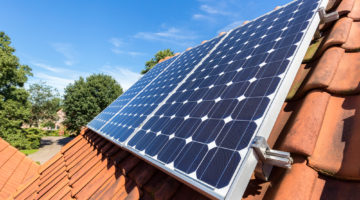
Solar water heating, or a solar thermal system, works by using the free heat energy from the sun to warm up water. This water is then used to heat up a separate body of water in the hot water cylinder by being pumped through a coil, in theory providing you with endless, free hot water. However, as we all know, the sun’s potential in the UK for heating water up to a usable temperature is not great enough to have it as a stand alone system. Therefore solar thermal systems need a boost from an immersion heater or boiler to reach the required temperature.

As the seasons change, so will the amount of available energy that can be harnessed from the sun. However, unlike domestic space heating, which isn’t required throughout the summer, hot water still is. So you should expect to find that from April to September, your hot water would mostly be provided by the solar thermal system – possibly as high as 85%. However, outside of those months you would only see around a 25% contribution – and around 60% is provided on average over the year– meaning that your boiler or immersion heater will have to do the rest.
Now obviously those percentages are not uniform across every property in the UK, however they are what you might expect from a south facing rooftop with little or no over shading and a well installed panel of high manufacturing quality.
So if you say that an average house spends around £300 per year heating their hot water, having a solar thermal system would save at least £150. This in itself may not seem like huge savings when you factor in the initial cost of the system. However, with the Renewable Heat Incentive, it suddenly becomes a lot more appetising. Have a look at our RHI blog to see how much you could receive with a solar thermal installation.
How to increase the efficiency of the solar thermal system?
The more hot water you use over the course of the year, the more benefit you will see by having a solar thermal system.
You can of course adapt to maximise your savings. For example, using hot water at the end of the day instead of the mornings will ensure that as much energy from the sun has been used as possible, with minimal coming from the immersion heater or boiler.
Ensuring that you can control your heating and hot water separately will avoid a clash between the solar thermal system and the boiler. Make sure you have a 2 channel programmer before you get solar thermal – this is something your installer can do for you.
Your cylinder size is also important; if you have a small cylinder and a couple of cloudy days follows a long soak in the bath tub then your alternative hot water heating system will have to do the hard work until the sun shines again. Equally, make sure that your hot water cylinder and pipes are sufficiently insulated to avoid unnecessary heat loss and loss of efficiency.
What ever you do, the important thing to remember is that at least once a week the water in the cylinder must reach 60 degrees to avoid the risk of Legionnaires disease.
How much can I expect to pay for a solar thermal system?
For a two-bedroom house you would expect to pay around £4,000, with larger 6m systems up to around £6,000. The cost of the panels themselves isn’t that high, so each additional panel is relatively inexpensive, it is the other peripheries that create the larger initial cost.












No Comments yet! Be the first one.